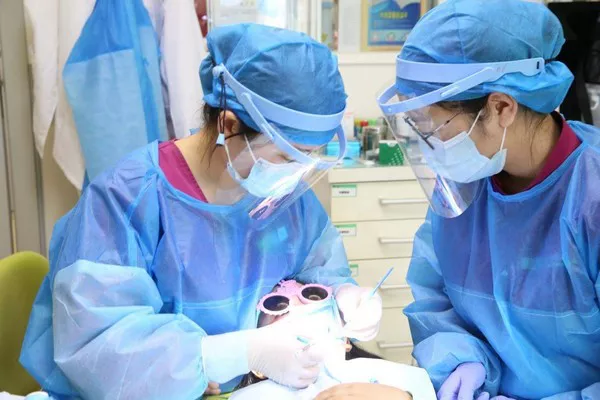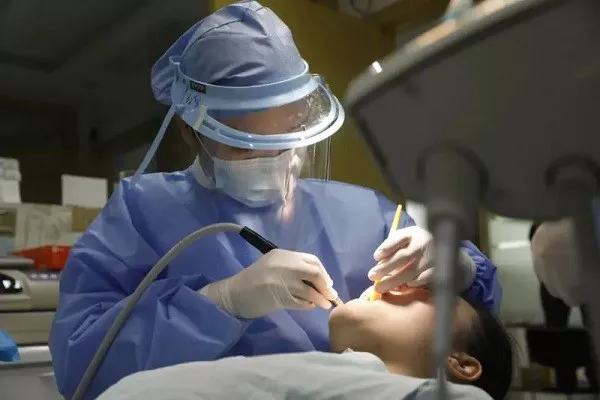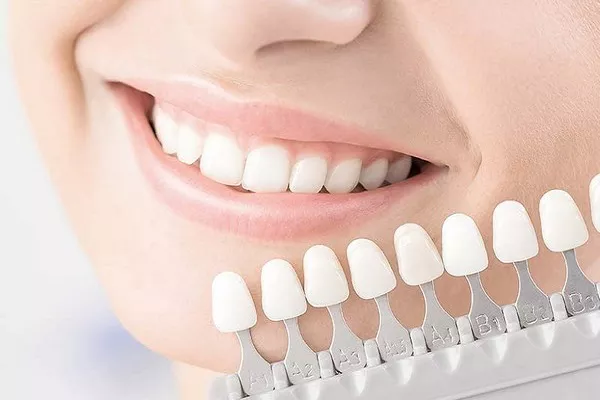Regular dental cleanings play a vital role in maintaining optimal oral health. These appointments, typically recommended every six months, help prevent dental issues, promote healthy gums, and keep your teeth looking their best. One common question that arises is how long a dental cleaning actually takes. While the exact duration can vary based on individual factors and the specific procedures involved, understanding the typical timeline of a dental cleaning can help alleviate any concerns and encourage you to prioritize this essential aspect of your oral care routine. In this article, we’ll explore the various elements of a dental cleaning appointment and provide insights into the factors that influence the duration.
The Components of a Dental Cleaning Appointment
Preliminary Examination:
Before the dental cleaning begins, a dental hygienist or dentist will perform a preliminary examination of your oral health. This involves visually inspecting your teeth, gums, and mouth for any visible issues or areas of concern.
Plaque and Tartar Removal:
The primary goal of a dental cleaning is to remove plaque and tartar buildup from your teeth. Plaque is a soft, sticky film of bacteria that forms on teeth, while tartar is hardened plaque that cannot be removed through regular brushing. Dental professionals use specialized tools to gently scrape away these deposits, targeting areas that are difficult to reach with regular home care.
Scaling and Polishing:
Once plaque and tartar have been removed, the dental professional will use a scaling tool to thoroughly clean the surface of your teeth. This process helps smoothen the tooth surfaces, making it more difficult for new plaque to adhere. Polishing follows, using a gritty toothpaste-like substance to polish teeth and remove surface stains.
Flossing and Rinse:
After scaling and polishing, your dental hygienist will floss between your teeth to remove any remaining debris or polish residue. A fluoride rinse may also be used to strengthen tooth enamel and provide additional protection against decay.
Oral Health Education:
Throughout the cleaning appointment, your dental professional will provide guidance on proper oral hygiene practices, including brushing techniques, flossing methods, and recommendations for maintaining optimal oral health at home.
Factors That Influence the Duration
Oral Health Status:
The condition of your teeth and gums can impact the length of a dental cleaning. Individuals with significant plaque or tartar buildup may require more time for thorough removal.
Gum Health:
If you have gum disease or issues with gum bleeding, your dental professional may need to spend more time addressing these areas during the cleaning.
Previous Oral Care:
Consistent oral hygiene habits at home can lead to shorter cleaning appointments. Regular brushing, flossing, and overall good oral care can contribute to faster cleanings.
Medical History:
Your medical history, including any dental procedures or surgeries you’ve had, may influence the duration of the cleaning.
Personal Comfort:
Some individuals may require more frequent breaks during the cleaning due to discomfort or other factors, which can impact the overall time.
Additional Procedures:
If your dental appointment includes additional procedures, such as dental X-rays or specific treatments, the overall time may be extended.
Conclusion
The duration of a dental cleaning appointment can vary based on several factors, including your oral health status, gum health, and individual needs. On average, a dental cleaning can take anywhere from 30 minutes to an hour. However, it’s important to note that the time spent on your dental cleaning reflects the thoroughness of the process and the dedication of your dental professional to ensuring your oral health. Regular dental cleanings are essential for maintaining healthy teeth and gums, preventing dental issues, and enjoying a confident smile. By prioritizing these appointments and practicing good oral hygiene at home, you can contribute to your long-term oral health and overall well-being.
Related Topics:
































